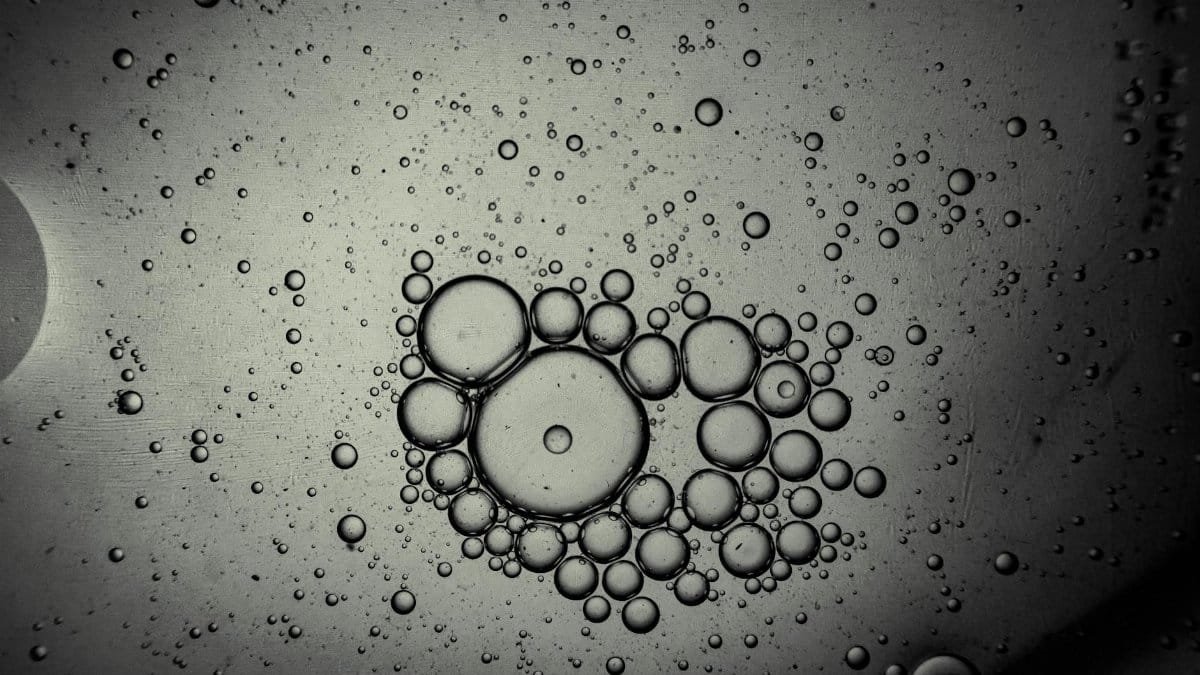Is dopamine detox the secret to reclaiming genuine happiness? In a world saturated with endless notifications and instant gratification, this growing trend promises to reset your brain’s reward system. Simply put, a dopamine detox involves stepping away from overstimulating activities—like social media, video games, or even sugary snacks—to restore balance. It’s gaining traction among Americans desperate to escape the cycle of distraction. With mental health concerns on the rise, this practice could be a game-changer for finding real joy again.
What Is a Dopamine Detox?

A dopamine detox is a deliberate break from activities that trigger excessive dopamine release, the brain chemical tied to pleasure and reward. The idea is to reduce dependency on quick-hit stimulants like scrolling through TikTok or binge-watching shows. By cutting back, you allow your brain to recalibrate, making everyday moments feel more fulfilling. It’s not about quitting everything forever—it’s about creating space for mindfulness and genuine satisfaction.
Why It’s Trending Now

In 2025, more people are feeling overwhelmed by digital overload. Studies show that excessive screen time can disrupt focus and increase anxiety. According to research from the American Psychological Association, stress linked to technology use is a growing concern. A dopamine detox offers a way to unplug and regain control, which is why it’s resonating with so many seeking mental clarity amidst constant connectivity.
The Science Behind the Reset

Dopamine drives our motivation, but too much stimulation can dull its effects over time. When you’re hooked on instant rewards, your brain struggles to find joy in simpler tasks. Research from institutions like National Institutes of Health highlights how overstimulation can impact mental well-being. A detox aims to lower this threshold, helping you rediscover pleasure in routine activities without needing a constant buzz.
How to Start Your Own Detox

Starting a dopamine detox doesn’t require a complete lifestyle overhaul. Begin small—set aside a day to avoid screens, caffeine, or other high-stimulation habits. Replace those with low-key activities like reading a physical book or taking a walk. The goal is to embrace boredom, letting your mind wander without external triggers. Even a short break can help you notice a shift in how you perceive daily joys.
Common Challenges to Watch For

Breaking away from dopamine-heavy habits isn’t easy. You might feel restless or irritable at first, craving the quick fixes you’ve cut out. Social pressure can also creep in—friends might not understand why you’re skipping group chats or gaming sessions. Pushing through requires commitment, but many report that the initial discomfort fades, leaving a sense of calm and renewed focus behind.
Real Benefits for Everyday Life

Those who’ve tried a dopamine detox often describe feeling more present. Small victories, like enjoying a quiet morning without a phone, become meaningful. It’s not just anecdotal—reducing overstimulation can improve sleep and lower stress levels. For Americans juggling packed schedules, this reset can be a practical tool to rebuild a healthier relationship with technology and find joy in the mundane.
Is It Right for You?

Not everyone needs a full dopamine detox, but if you’re feeling drained by constant stimulation, it’s worth a shot. Start with a single habit, like limiting social media after dinner, and see how it feels. The key is intentionality—cutting out distractions to make room for what truly matters. In a hyper-connected age, this approach might just help you rediscover real happiness.
